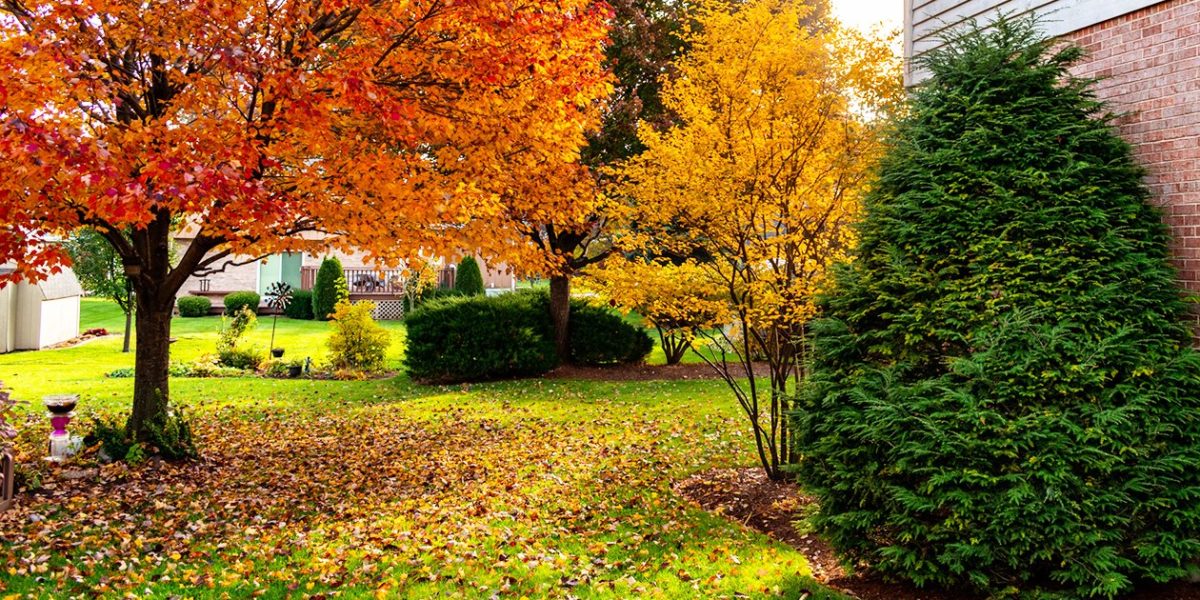In Forests – the Shadow of Civilization, Robert Pogue Harrison quotes extensively from David Attenborough’s 1987 book, The First Eden: The Mediterranean World and Man. Forest clearing initially allowed the flourishing of agriculture and urban societies. But over time the soil, unprotected by trees, baked in the summer sun and was washed into the sea by torrential rains. Harbors silted in. The land dried out. The great cities of North Africa vanished, their locations covered with sand dunes.
With the entire world facing a similar scenario of ecological collapse, Canada’s federal government has designated tree planting as one of its programs to mitigate climate chaos. It has pledged to plant two billion trees over a 10-year period, offering a 50:50 match for the cost of projects that involve at least 10,000 trees.
The 10,000-tree minimum could create a barrier to participation of ordinary citizens. It’s encouraging to see groups reaching out to join smaller projects together.
A sole emphasis on planting trees is misplaced, or at least is inadequate. An isolated tree, surrounded by a mowed lawn, whose leaves are removed each fall, has minimal ecological value.
What is really needed is forest ecosystem restoration, particularly establishing mini-forests in urban and suburban areas where nature’s benefits to people are highest.
Complete forests include soil fungal webs. Trees provide photosynthetic energy to the fungi; fungi provide water, nutrients, and disease protection to the trees. For more on this, check out Merlin Sheldrake’s Entangled Life: How Fungi Make Our Worlds, Change Our Minds & Shape Our Futures.
A key is to retain fallen leaves in place. This allows connections to form between tree roots and mycorrhizal fungi, enables natural decomposition and nutrient recycling processes, provides habitat for overwintering pollinators and other beneficial insects, and builds carbon stocks. Globally, well over half the carbon in a forest accumulates in the soil rather than in living trees.
University of Delaware entomology professor Douglas Tallamy – author of Nature’s Best Hope: A New Approach to Conservation That Starts in Your Yard – champions mini-forest restoration.
Tallamy says you don’t have to let your entire lawn go wild. Plant a small group of trees – three will do. Their roots will intertwine and they will be more wind-firm than single trees. Create an understory of shrubs and flowers to trap leaves when they fall. Don’t mow or collect leaves in your new mini-forest.
That’s essentially all there is to it. It would be helpful for government officials to embrace mini-forests as an integral part of the two billion trees program.
If we can collectively transform our thinking from tree planting to mini-forest creation, it will help in our larger struggle to recognize that the survival of the human species requires nurturing webs of healthy socio-ecological relationships.
This is the UN Decade on Ecosystem Restoration. In Commanding Hope, Thomas Homer Dixon proposes ecological restoration as a “global immortality project.”
In nature, everything is stitched together in a great symbiosis. Animals depend on plants. Plants depend on decomposer organisms. Members of a species work together in communities to raise families, to feed each other, to survive. As John Donne wrote, “No Man is an Island.”
If you can, create a mini-forest – your own connection to the wider natural world. If you don’t have access to a suitable location, work with others in your neighborhood.
Your community will be a better place with a few more leaves next fall.



